Evolving Social Norms and Acceptance
The Sperm Bank Market is witnessing a transformation in social norms and acceptance surrounding sperm donation and assisted reproduction. As societal attitudes shift towards inclusivity and diversity, more individuals and couples are open to exploring alternative family-building options. This evolving perspective is particularly evident among same-sex couples and single parents, who increasingly view sperm banks as viable pathways to parenthood. The growing acceptance of diverse family structures is likely to drive demand for sperm donation services, thereby contributing to the expansion of the Sperm Bank Market. Furthermore, educational campaigns aimed at demystifying the sperm donation process are fostering a more informed public, which may lead to increased participation in sperm donation programs.
Rising Interest in Genetic Screening
The Sperm Bank Market is experiencing a growing interest in genetic screening and testing of sperm donors. As awareness of genetic disorders increases, prospective parents are becoming more proactive in seeking information about the genetic health of potential donors. Sperm banks are responding to this demand by offering comprehensive genetic screening services, which can identify carriers of hereditary conditions. This trend not only enhances the safety and quality of donor sperm but also provides peace of mind to recipients. The integration of genetic testing into the sperm donation process is likely to attract more clients to the Sperm Bank Market, as individuals prioritize the health and genetic background of their future children.
Regulatory Support and Ethical Guidelines
The Sperm Bank Market benefits from regulatory support and the establishment of ethical guidelines that govern sperm donation practices. Governments and health organizations are increasingly recognizing the importance of ensuring safe and ethical sperm donation processes. This regulatory framework not only protects the rights of donors and recipients but also enhances the credibility of sperm banks. As a result, individuals may feel more secure in utilizing these services, knowing that they are operating within a regulated environment. The presence of clear guidelines and standards is likely to bolster consumer confidence in the Sperm Bank Market, potentially leading to increased participation in sperm donation programs and a more robust market overall.
Increasing Demand for Fertility Treatments
The Sperm Bank Market experiences a notable surge in demand for fertility treatments, driven by rising infertility rates among couples. According to recent statistics, approximately 15% of couples face challenges in conceiving, leading to a heightened reliance on assisted reproductive technologies. This trend is further amplified by societal shifts, where individuals are increasingly prioritizing career and personal development before starting families. Consequently, sperm banks are becoming essential resources for those seeking to conceive, thereby propelling the growth of the Sperm Bank Market. The increasing acceptance of sperm donation as a viable option for family planning is also contributing to this demand, as more individuals recognize the benefits of utilizing donor sperm in their reproductive journeys.
Advancements in Cryopreservation Techniques
Innovations in cryopreservation techniques are significantly impacting the Sperm Bank Market. Enhanced methods for freezing and storing sperm have improved the viability and quality of preserved samples, making sperm banks more appealing to potential clients. Recent advancements allow for longer storage periods without compromising the integrity of the sperm, which is crucial for individuals who may wish to delay parenthood. As a result, sperm banks are increasingly viewed as reliable options for those seeking to preserve their fertility. The ability to maintain high-quality sperm samples over extended periods is likely to attract a broader clientele, thereby fostering growth within the Sperm Bank Market. This technological evolution not only enhances customer confidence but also expands the potential for successful conception in assisted reproductive procedures.


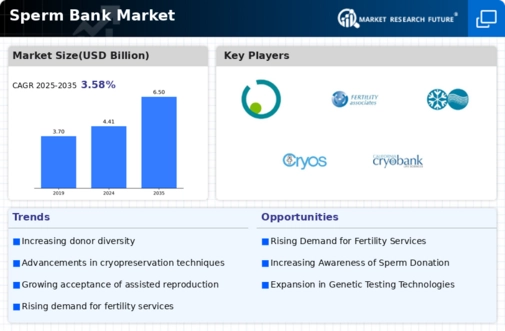
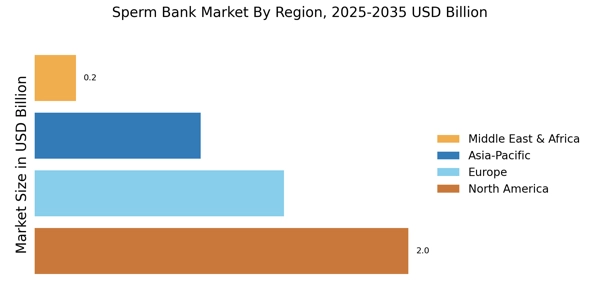
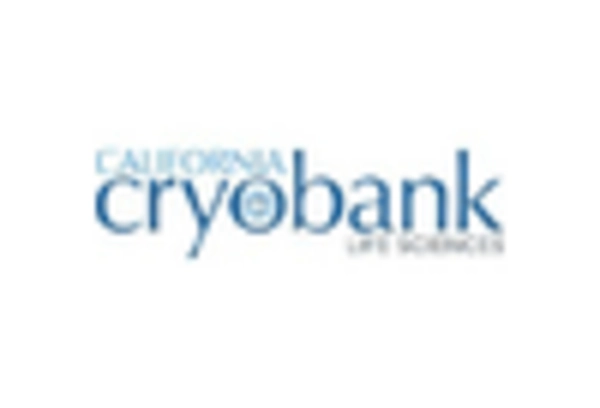
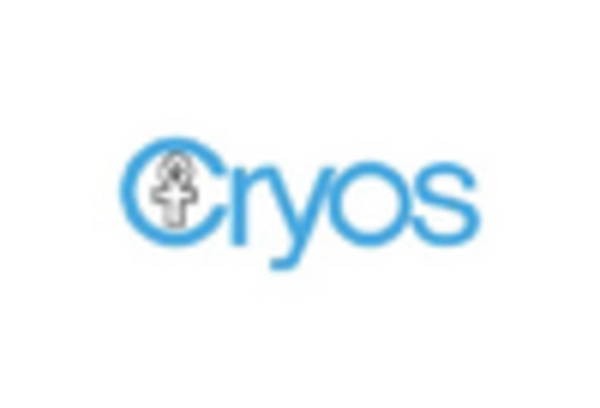
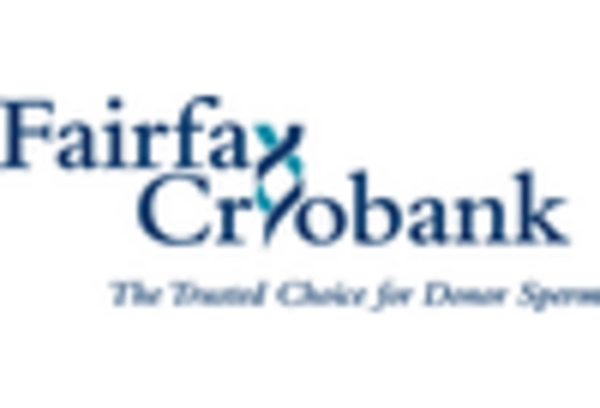

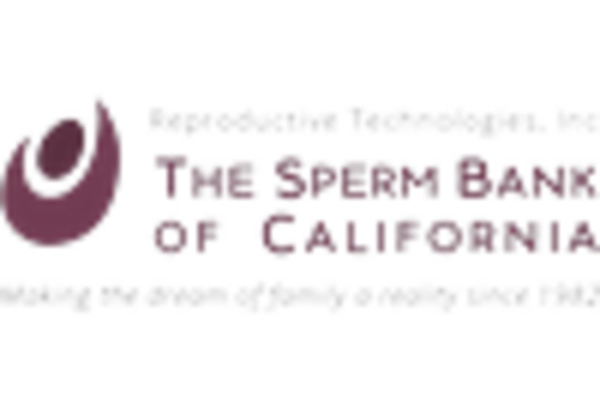
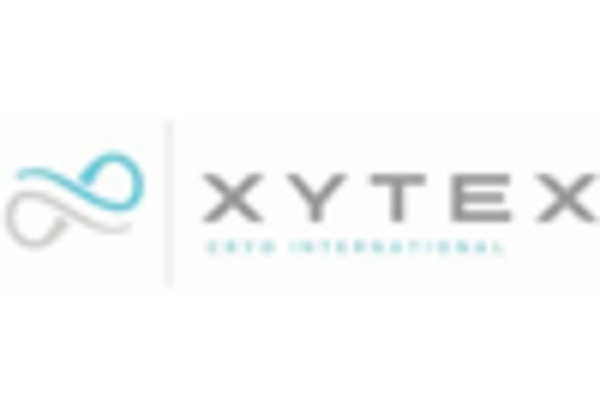








Leave a Comment